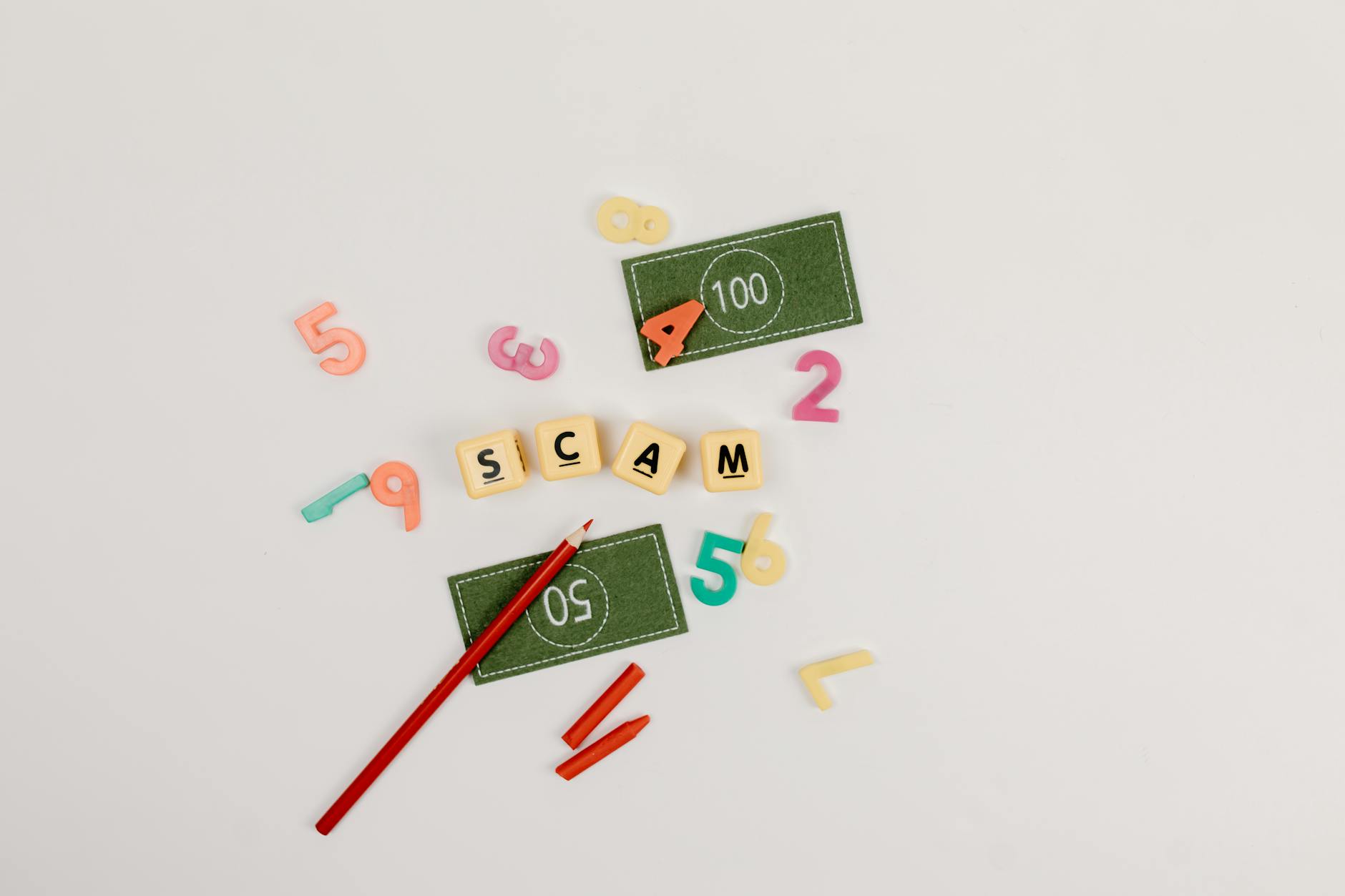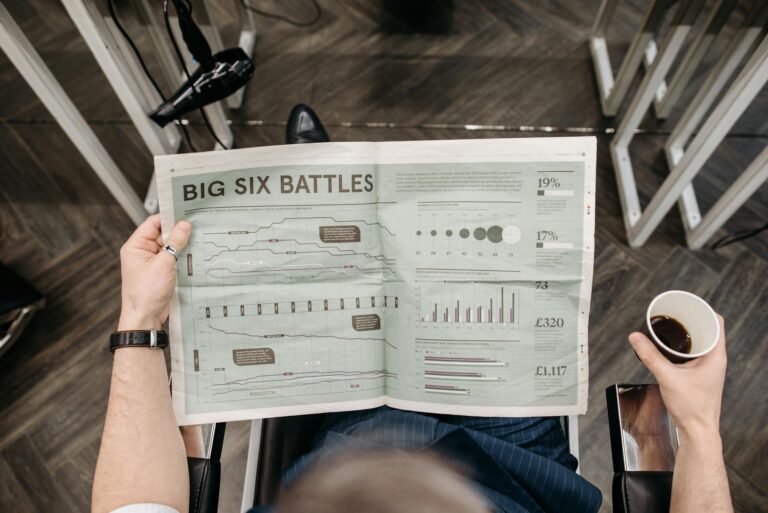SLR Changes Are Coming—Should You Be Worried About Your Money?
Okay, so the financial rulebook’s getting rewritten—again. This time it’s all about something called the SLR. Here’s the deal, in plain English.
Wait, What’s Even Happening?
Right now, there’s this big debate going on about the Supplementary Leverage Ratio—SLR for short. It’s one of those boring-but-important rules put in place after the 2008 mess to stop banks from going crazy with borrowing. But here’s the thing: the rules might be changing, and that could affect everything from how much banks lend to whether your savings account stays safe.
Let me put it this way: imagine your friend who always spends too much on credit cards. The SLR is like their spouse saying “you can only spend this much.” Now they’re arguing the limits should be higher. That’s basically what’s happening with banks right now.
SLR Explained (Without the Finance Jargon)
So the SLR is basically a rule that says big banks—we’re talking the JPMorgans and Goldmans of the world—need to keep a certain amount of cash in their pockets compared to all the money they’re playing with. Doesn’t matter if it’s “safe” money or risky bets—the rule treats everything the same.
Why does this matter? Well, during COVID, they relaxed these rules a bit. Now that the pandemic’s sort of over (knock on wood), everyone’s fighting about whether to keep those changes or go back to how things were.
Why They’re Messing With the Rules Now
Three big reasons:
- Treasury markets went weird: The current rules make banks hesitant to hold government bonds—which is, you know, kinda important for the whole economy.
- COVID exceptions ran out: Those temporary breaks banks got? Gone. Now they’re lobbying hard to keep some changes permanent.
- Classic bank drama: Banks say the rules are too tight. Critics say loosening them is how we get another 2008 situation.
Honestly? Both sides have a point. That’s what makes this so complicated.
What’s Actually Changing
The main proposals floating around:
- Government bonds might get special treatment: They’re thinking of not counting these against the banks’ borrowing limits.
- How they count certain deals: They’re tweaking how things like derivatives and repos factor into the calculations.
The result? Banks might look healthier on paper. But is that the real picture? That’s the million-dollar question.
How This Might Hit Your Wallet
For Regular People
Here’s where it gets interesting. If banks have more room to move, they might:
- Offer more loans—good if you’re trying to buy a house
- But also maybe take bigger risks—not so good if it leads to another crisis
It’s that classic balance between making credit easier to get and keeping the system stable.
For Investors
Keep an eye on:
- Bank stocks—they could swing wildly as this plays out
- Bond markets—if banks start snapping up Treasuries again
A real game-changer. Seriously.
What the Experts Are Saying
“We’re playing with fire here. The SLR exists for a reason—remember Lehman Brothers?” — Priya Nair, RBI watcher
“Look, banks need to breathe too. This isn’t about removing guardrails—it’s adjusting them for reality.” — Rohan Desai, ex-banker turned consultant
What Comes Next?
Honestly, nobody really knows. The RBI and other regulators are watching closely. Some changes might happen fast, others could take years. One thing’s for sure—this isn’t the last we’ll hear about it.
The Bottom Line
Here’s what you should do:
- If you’ve got money in bank stocks—maybe check how exposed they are to these changes
- Thinking of taking a loan? Rates might get more competitive
- Most importantly—don’t panic. These things move slow
As my uncle in banking always says: “Regulatory changes are like monsoon rains—everyone talks about them coming, but nobody knows exactly when or how hard they’ll hit.”
Source: Financial Times – Companies











One thought on “SLR Reform Is Here – Is Your Money at Risk? FinReg Experts Weigh In”